|
Philip Benfey
Paul Kramer Professor of Biology Director, Genome Center for Systems Biology Duke Biology Phone: 919.660.7338 webpage |
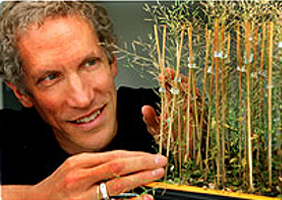
|
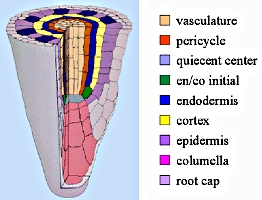
Root diagram.
|
|
David Fitzpatrick
James B. Duke Professor of Neurobiology Duke School of Medicine Phone: 919.684.5385 webpage |
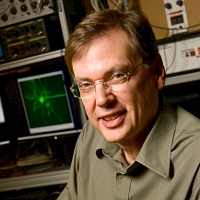
|
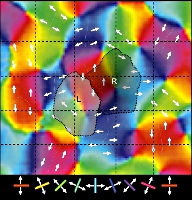
Birdseye view of surface of visual cortex illustrating the columnar mapping of 4 different response properties: orientation preference (color), direction preference (arrows), ocular dominance (R and L), and visuotopic location (dashed lines).
|
|
Garnett Kelsoe
James B. Duke Professor of Immunology Duke School of Medicine Phone: 919.613.7815 webpage |

|

Spleen staining FDC-M1+ follicular dendritic cells within the splenic germinal center of a C57BL/6 mouse after immunization. B220, TCRβ, FDC-M1
|
|
Daniel Kiehart
Professor & Chair of Biology Duke Biology Phone: 919.613.8157 webpage |
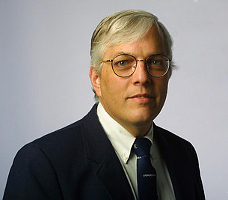
|
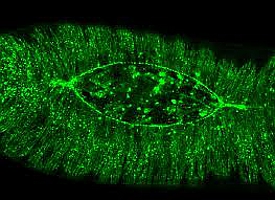
Dorsal closure in Drosophila.
|
|
Katia Koelle
Asst. Professor of Biology Duke Biology Phone: 919.660.9457 webpage |
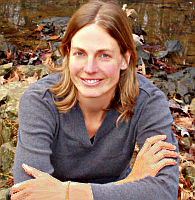
|

Observed & computer-simulated evolutionary dynamics of
|
|
Daniel Lew
Professor, Pharmacology and Cancer Biology Director, Program in Cell and Molecular Biology Phone: 919.613.8627 webpage |
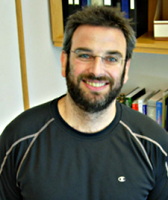
|
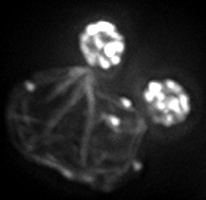
A yeast cell re-wired to bypass the normal restriction to make
|
|
Paul Magwene
Asst. Professor of Biology Duke Biology Phone: 919.613.8159 webpage |
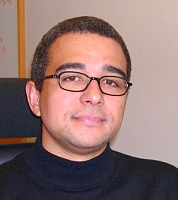
|
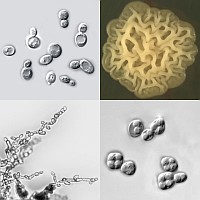
The Magwene lab studies the function and evolution of developmental pathways in budding yeast.
|
|
Fred Nijhout
Professor of Biology Duke Biology Phone: 919.684.4223 webpage |
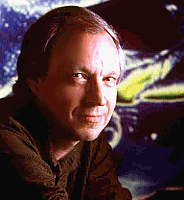
|
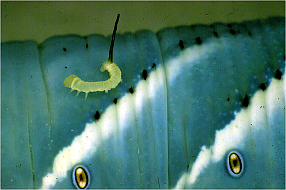
A hatchling caterpillar, Manduca sexta, perched on the back of a fully grown caterpillar of the species. In two weeks the hatchling increases it mass by a factor of 10,000. How does it know when to stop growing? We use a mathematical model of the developmental physiology to understand the process by which that decision is made. |